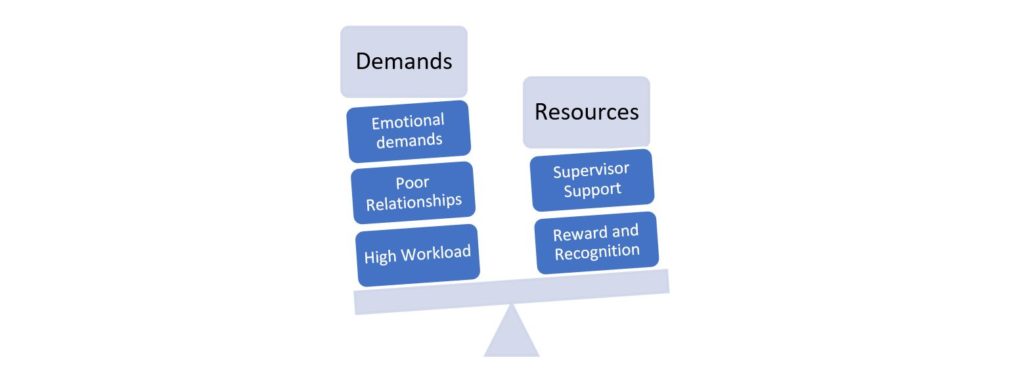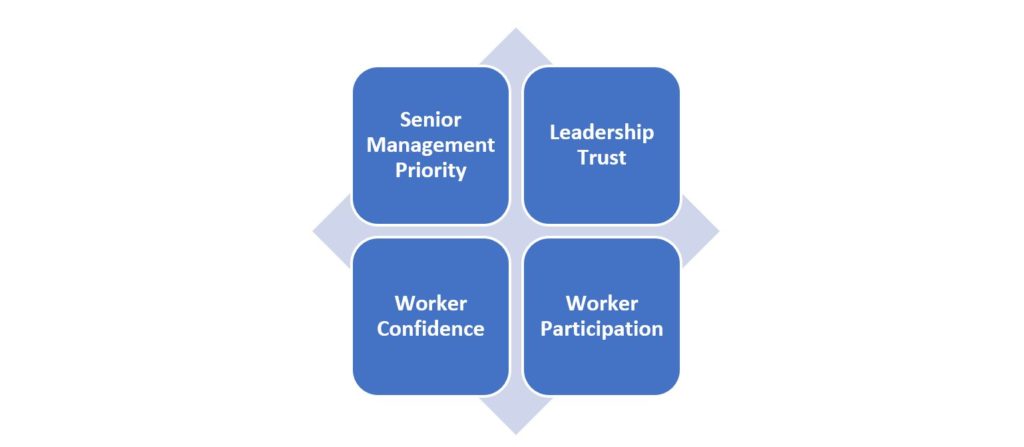
For over 40 years academic researchers in the field of workplace psychology have shown the link between mental health and work-related factors (e.g., job demands, job control, job resources). Internationally the nature of work has shifted away from physical demands towards more cognitively complex demands. Consequently, academic models are becoming increasingly important in helping us understand the activities that promote worker mental health and those that contribute to psychological injury.
The key challenge is how to best protect worker psychological health when so many individual and organisational variations exist.

For instance, while a high level of job demand is perceived as engaging for one individual it might be perceived as difficult for another to achieve, and for a third person it may depend upon the resources they are provided. We must also consider that the perception of the same job demand may change throughout an employee’s work life.
For many organisations implementing regular assessment of every psychosocial factor, that has potential to become a hazard, is not feasible, and by the time the results have been delivered, some hazards have already occurred. This is why more mature employers are seeking to capture lead indicators that can predict psychosocial risk factors well in advance.
Lead Indicators are conditions in the workplace that can be observed and measured to benchmark current levels of risk, predictor future trends, and evaluate strategies to protect worker health and promote wellbeing. Monitoring and managing lead indicators not only fulfills legal obligations to protect worker health, but provides a clear, evidence-based path to managing these factors effectively.
Researchers at The Opus Centre have now identified specific lead indicators for psychosocial risk that can help organisations predict psychosocial hazards early. Academic evidence shows several common underlying themes for lead indicators:

The Opus Centre team also identified that Lead indicators tend to incorporate two distinctive components:

The proactive indicators focus on preventing exposure to hazards, and the reactive indicators ensure an appropriate response if hazards do occur. In a workplace situation these can be called your proactive and reactive climates. Understanding proactive and reactive climates helps workplaces to know if their WHS systems provide an adequate balance of prevention and support.
While awareness of hazardous psychosocial factors such as excessive job demands, inadequate resources, bullying and harassment is widely known, workplace health and safety professionals are starting to ask three very important questions:
- How do I know the point when a psychosocial factor becomes a hazard?
- Can I measure the risk of poor health outcomes specifically for my organisation rather than generally for my industry?
- Which interventions will be the most effective to reduce risk and manage hazards in my workplace?
To answer these questions The Opus Centre has developed the Proactive Reactive Climate Survey (PRC16™). A 16-item lead indicator assessment for psychosocial risk.
